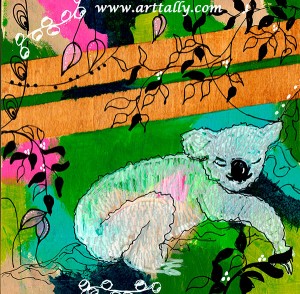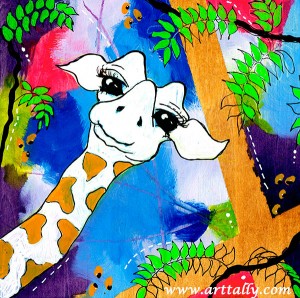 Koalas are adorable, cuddly looking creatures. While gathering fascinating koala facts, I noticed that koalas have some fairly human qualities like opposable thumbs and fingerprints. But being marsupials they have other rather intriguing characteristics too...
Koalas are adorable, cuddly looking creatures. While gathering fascinating koala facts, I noticed that koalas have some fairly human qualities like opposable thumbs and fingerprints. But being marsupials they have other rather intriguing characteristics too...
Did you know...?
- Koalas have two opposable thumbs on their front paws
- Koalas have similar fingerprints to humans
- Koalas are excellent swimmers, and may cross rivers in order to escape from heavy flooding in one area.
- Koalas don't live in one single tree - their ‘home' is made up of several trees called Home Trees in an area described as the Home Range. They visit these same trees regularly.
- A mature male koala marks his territory by rubbing the dark, sticky substance from the scent gland in the centre of his white chest on his trees.
- The size of each home range depends upon a range of factors including the quality of the habitat and the sex, age and social position in the population of the Koala.
- Koalas are rather anti social...Unless breeding, they don’t normally visit another Koalas home trees and only spend 15 minutes a day in social activity.
- A baby koala (joey) is born only 33-35 days after being conceived - (don't tell Mrs Whale... that poor love gets to be pregnant for two years!).
- When the Joey is born, it’s only about 2 centimetres long, is blind and furless and its ears are not yet developed.
- The joey makes an amazing journey to the pouch, relying on its strong forelimbs and claws, its well-developed senses of smell and touch, and an inborn sense of direction.
- Once in the pouch, it attaches itself to one of the two teats which swells in its mouth, preventing it from being dislodged from its source of food.
- The Joey stays in its mother’s pouch for about 6 or 7 months, drinking only milk.
- Gum leaves are toxic to most.. even to baby koalas! Don't even ask how the joey is weaned from milk to gum leaves....
Want to see some more of these beautiful, but vulnerable creatures? Why not head over to Healesville Sanctuary, either in person or a cyber visit! Healesville Sanctuary is quite my favourite place to go visiting koalas.




